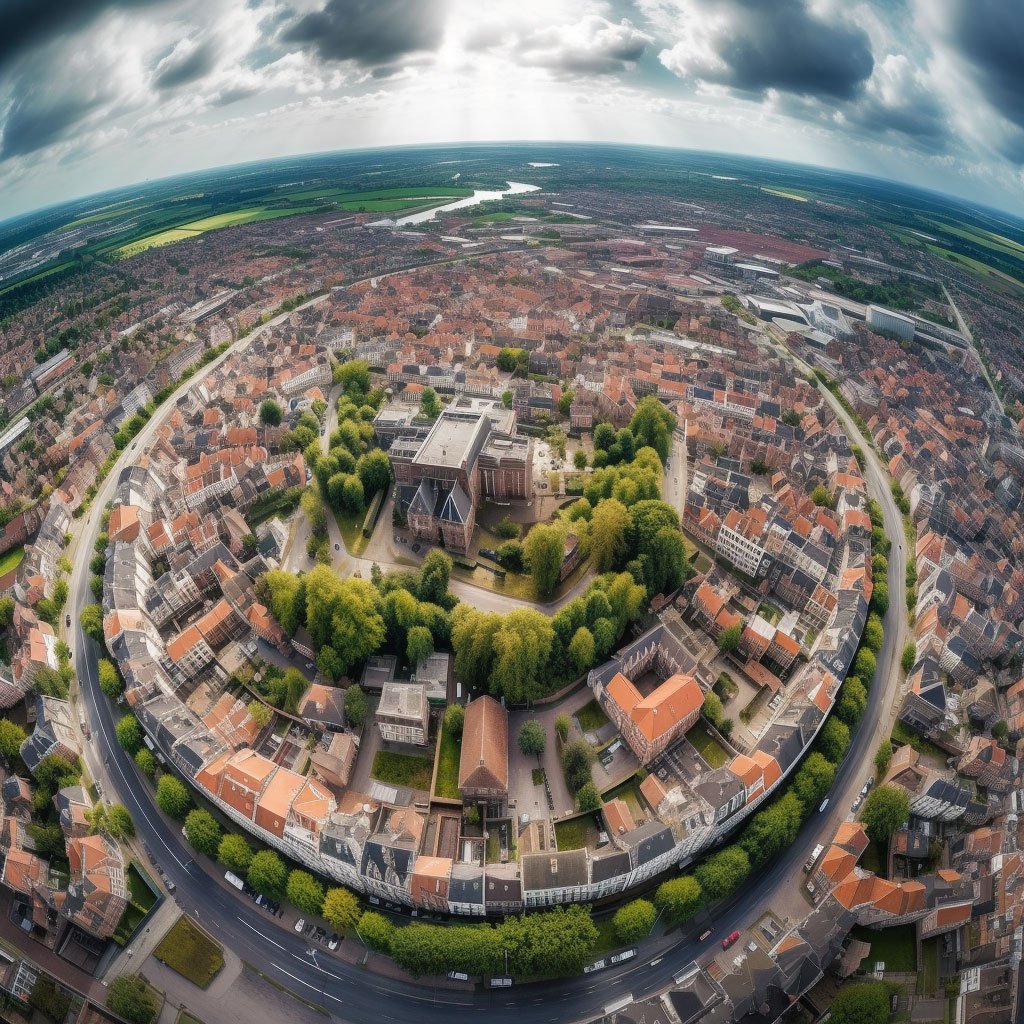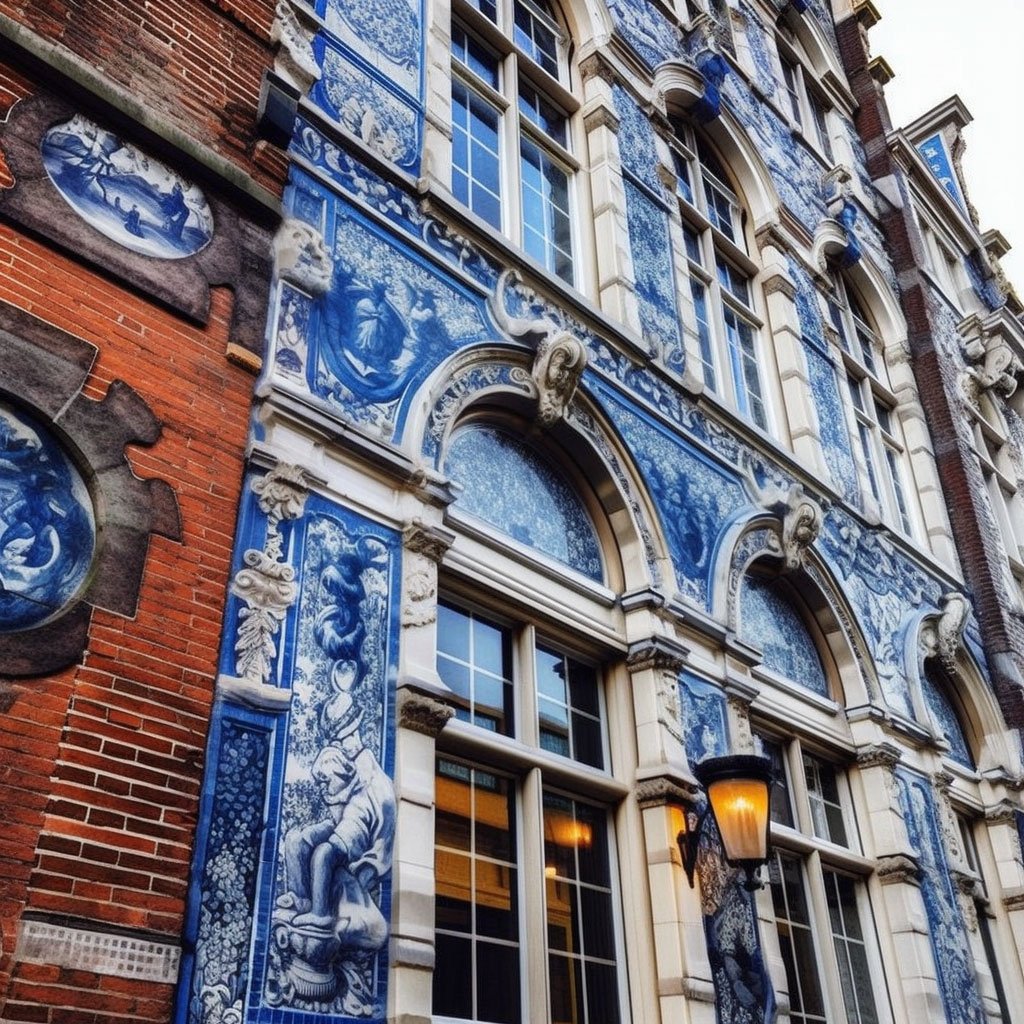
As I journeyed through the Netherlands, the country’s rich history as a global trading power became increasingly apparent. From the maritime prowess of the Dutch East India Company (VOC) to the intricate artistry of Delft Blue ceramics, I explored the historical sites that bear testimony to a nation shaped by trade.
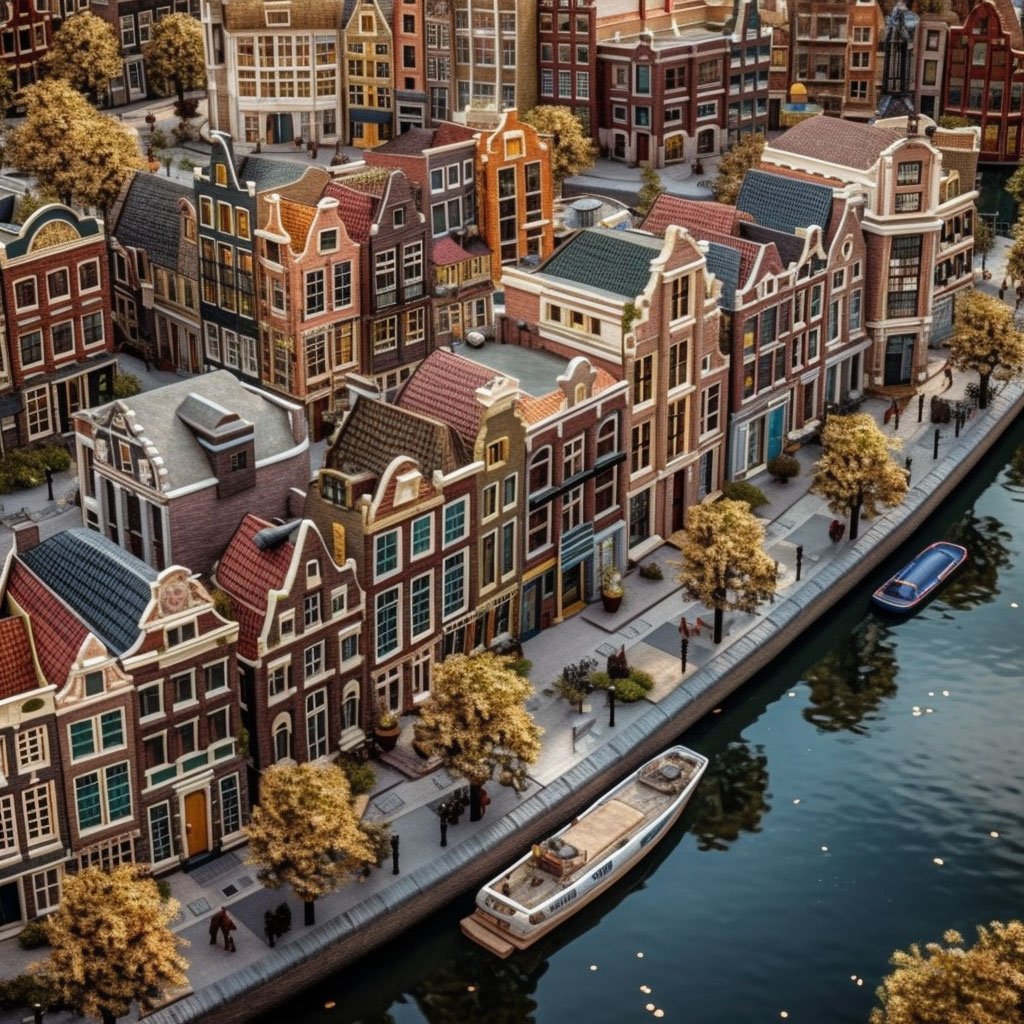
The VOC: At the Helm of the Golden Age
My first stop was the headquarters of the Dutch East India Company, or the VOC, in Amsterdam. Once the heart of a global trade empire, the VOC was the first multinational corporation in the world and had its own private army. The company traded in commodities such as spices, silk, and tea, playing a crucial role in the Dutch Golden Age.
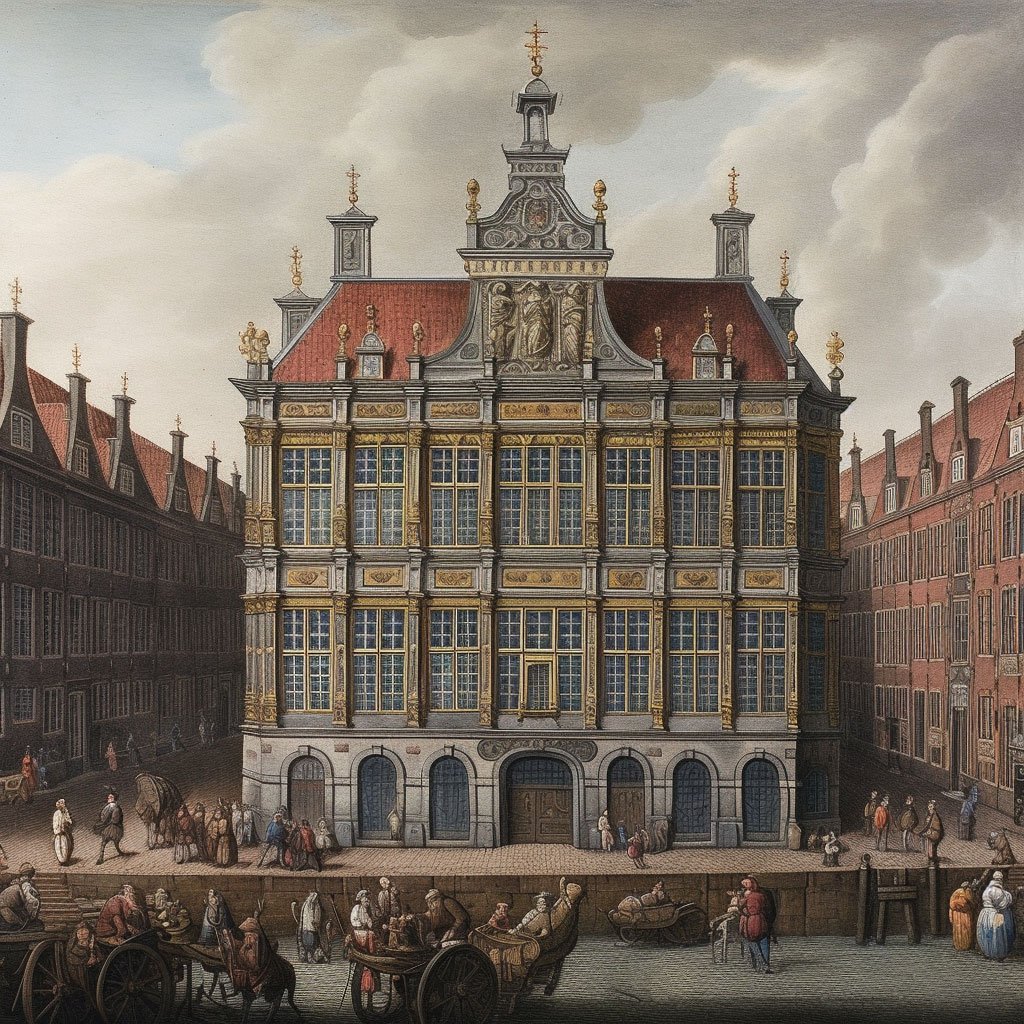
Inside the National Maritime Museum
A visit to the National Maritime Museum in Amsterdam further unveiled the fascinating world of Dutch maritime history. The museum houses a full-size replica of the Amsterdam, a VOC ship that sank in the 18th century, providing a vivid sense of life on board a trading vessel.
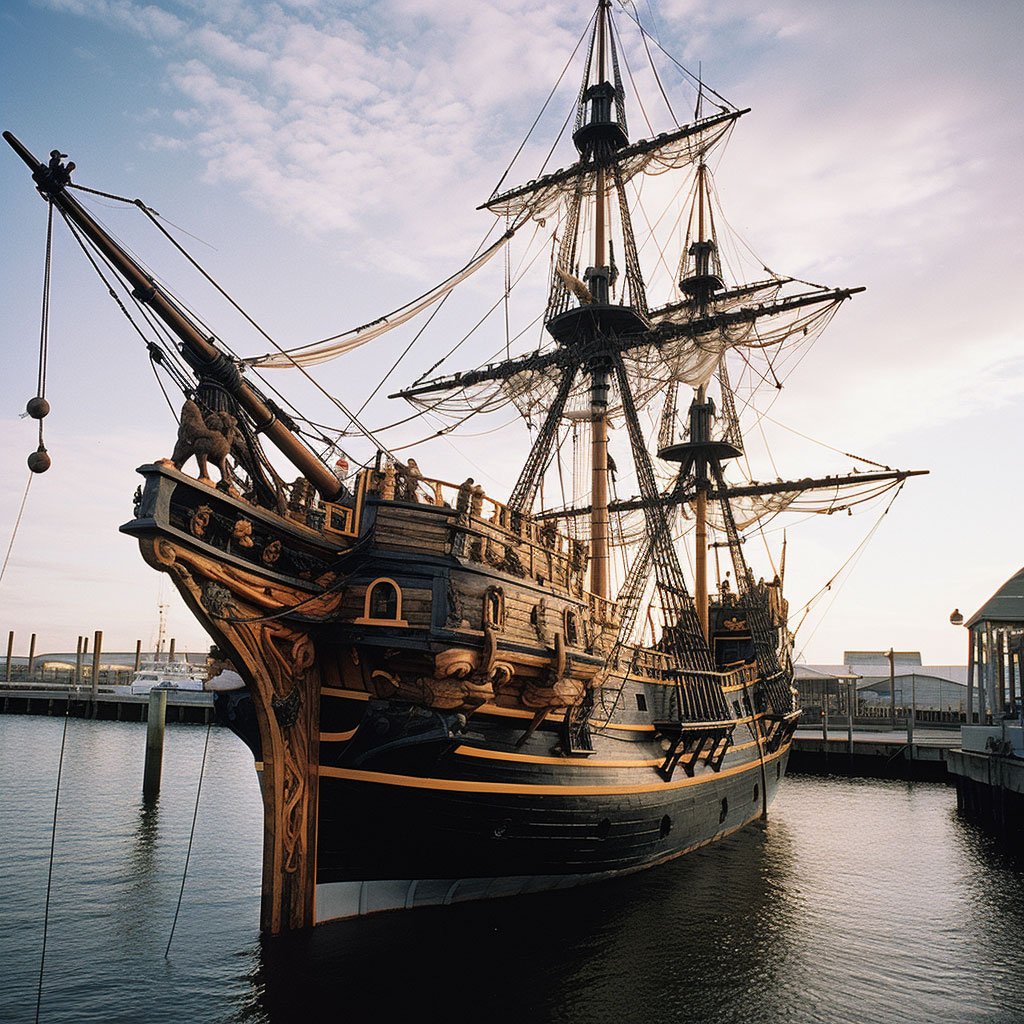
Delft Blue: A Ceramics Story
From Amsterdam, I traveled to the city of Delft, known for its iconic blue and white ceramics, aptly named Delft Blue. I toured the Royal Delft, the only remaining earthenware factory from the 17th century. Watching artists hand-paint delicate designs on pottery pieces was a mesmerizing experience, a testament to the enduring appeal of this Dutch art form.
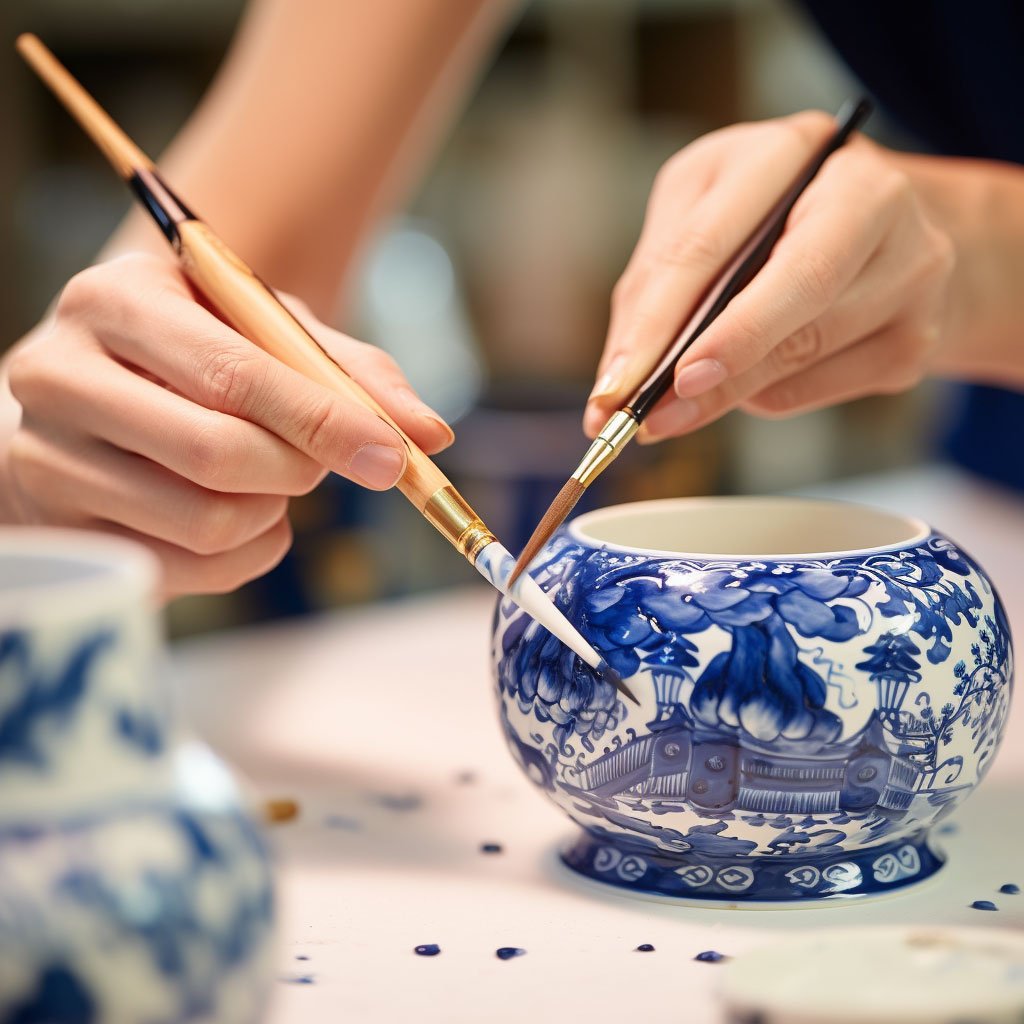
Conclusion: In the Footsteps of Traders and Artisans
Exploring the Dutch trading centers of the VOC and the Delft Blue porcelain factories offered a fascinating insight into the country’s historic ties to global commerce and artistic craftsmanship. As I walked the halls of the VOC headquarters and watched Delft Blue artisans at work, I was transported back in time, retracing the footsteps of the traders and artisans who shaped Dutch history.
